Specialty tea is high-grade loose-leaf tea from small tea estates. The segment of the tea industry produces premium tea, usually from single tea gardens. Discover the different types of loose-leaf tea, where to buy specialty-leaf tea, and brew specialty tea.
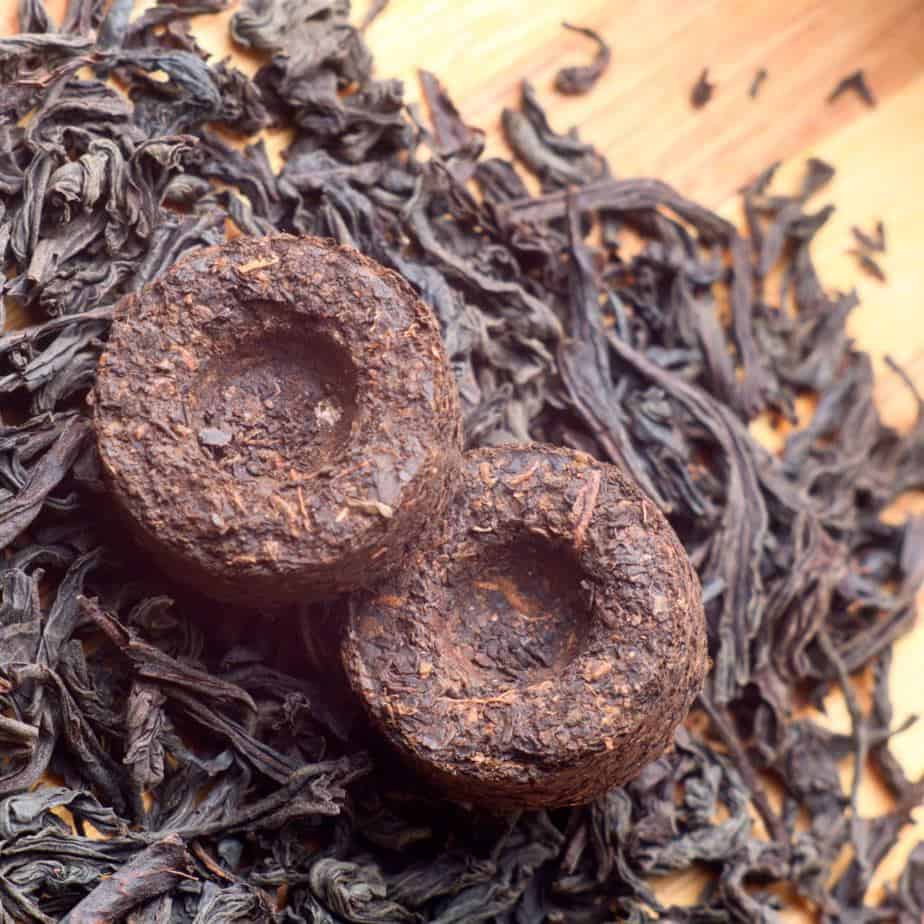
I discovered loose leaf tea, also called specialty tea, quite accidentally. Even though I drank tea my entire life, I never knew special teas existed.
If you've read about me, you already know that during my time of research and development for my bottled iced tea business, I explored tea beyond supermarket tea in bags.
What is Loose Leaf Tea or Specialty Tea?
Specialty tea is high-grade loose leaf tea, usually from small tea estates. It is the segment of the tea industry that produces high-quality, single estate, fair trade, organic, and rare tea such as white or Puerh.
The Tea Association of the USA divides tea into four segments of the market:
- supermarket
- food service
- ready-to-drink
- specialty tea
But specialty tea is much more than that.

Shades of Earl Grey - $19.95
from: Firebelly Teas Inc.
Much like wine, the region where the tea is grown and processed provides its' distinctive flavor, its terroir.
Specialty tea or loose leaf tea is produced for its exceptional qualities. Unlike mass-market or commodity tea, specialty tea consists of whole-leaf or partial loose leaf tea. Most commodity tea is finely cut and blended for use in tea bags.
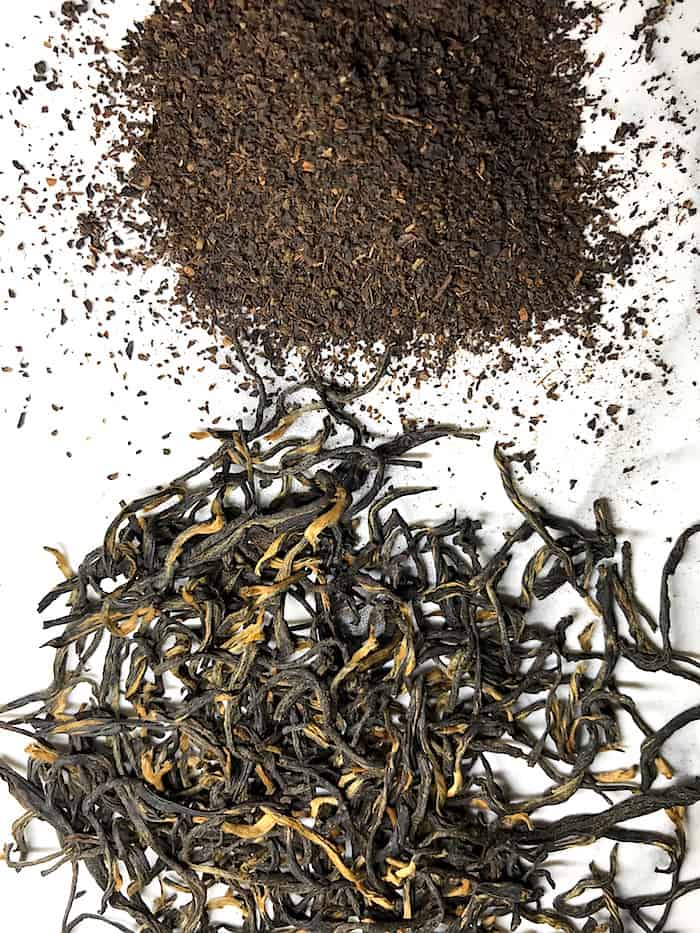
Thousands of tea estates produce tea. China, Japan, Taiwan, India, Sri Lanka, and Kenya are the major tea-producing countries. Indonesia, Thailand, and Vietnam are other countries producing tea on a smaller scale. Some regions of the Americas are experimenting with growing tea, including Hawaii, Mississippi, South Carolina, and Columbia.
The World of Tea by Jane Pettigrew is an excellent resource covering almost all tea-growing regions and estates.
Each estate masterfully crafts a unique tea originating from the Camellia sinensis plant. The picking and drying process determines the type of tea; white, green, yellow, oolong, black, or Puerh. It is incredible how one plant can produce many different varieties of tea.
No pleasure is simpler, no luxury cheaper, no consciousness-altering substance more benign.” New Tea Lover's Treasury
James Norwood Pratt
Loose-leaf specialty teas have a superior flavor because the leaves are larger. They are not cut up into tiny little pieces, so they impart more flavor than the finely cut leaves of teabag tea.
Also known as loose-leaf tea, specialty teas are left loose for ease of brewing. They usually come from a single estate, and each estate is revered for its unique flavor profile.
Types of Loose Leaf Tea: A Basic Overview
The art of tea began over 5,000 years ago in China, with skilled artisans handpicking and processing the top two leaves and bud from each tea shrub, known as Camellia sinensis, and handcrafting in small batches. Their time-honored practices are still followed today, inspiring us to brew excellent loose leaf tea while respecting traditional brewing.
As I mentioned, all loose leaf tea comes from the same plant, Camellia sinensis. The difference is in the way it is processed or oxidized. There are six main styles of tea: black, green, white, oolong, Puerh, and yellow.
- 6 Types of Tea You Need to Know About
- What Is Oolong Tea, and What Are The Benefits?
- The Ultimate Guide to Brewing Tea
- The 10 Best Online Tea Shops
Specialty teas are plucked from new leaf growth, and only the first two leaves and buds are selected for processing. A new leaf is the sweetest leaf. Loose-leaf teas produce a wide variety of specialty teas:
BLACK TEA
Black tea is fully oxidized, producing a strong, deep, rich, amber-colored tea. It is the most popular style of tea in most western countries and is used in many blends such as Earl Grey, English Breakfast, and Chai.
GREEN TEA
Green tea is not oxidized. It is roasted, rolled, and either steamed or pan-fried, preventing oxidation and producing a refreshing tea with a sweet-smelling aroma. Green tea has a lighter flavor than black tea. It is most prevalent in eastern countries but becoming more so in the west.
WHITE TEA
White tea is barely oxidized and has a sweet, subtle flavor. White tea is mainly processed from the bud but can incorporate the first or second leaf.
OOLONG TEA
Oolongs are partially oxidized, within a range of 12 to 80 percent. Oolongs are some of the most prized teas due to their intricate processing, which provides a complex flavor that evolves with each sip. The character depends on the skills of the tea maker.
PUERH TEA
Puerh tea is an aromatic black tea originating in China. The leaves undergo double fermentation and are compressed into bricks or cakes. The tea cakes made it easy to transport and exchange tea in ancient China, although you can also purchase loose Puerh today. Still produced today, this is perhaps the most exotic and sought-after Chinese tea.
- YELLOW TEA
Yellow tea is not oxidized. After fixing, yellow tea leaves are heaped or piled and then wrapped in a damp cloth to rest. The heat and humidity give the leaves a yellow hew. It's a scarce tea produced only in China, and very little is exported.
Brewing the Perfect Cup of Tea
First, throw away your tea ball, please!
Brewing special tea is an art you can quickly learn. And well worth the effort.
There is not a one size fits all formula for brewing loose leaf tea. There are many different methods and customs for brewing tea.
Whole or partial loose leaf tea comes in various styles so steeping times will vary with the tea. The amount of tea you use will also vary with the leaf size and the tea drinker's preference.
In the beginning, follow the steeping guides from your tea merchant. You can customize it to your taste with subsequent brews.
I say throw away your tea ball because they were designed for western use when the only available loose leaf tea was cut very fine. With specialty teas becoming more accessible to the west from eastern tea-growing nations, the premium tea leaf is just too large for the confined space of a tea ball. It will not steep properly.
Use an open mesh infuser instead. If you don't have one, steep the leaf loosely in a teapot and pour it into a cup through a strainer for drinking. The leaf will have more room to open up and infuse flavor.
Water Quality for Tea
In general, it is best to use filtered water. Municipal drinking water can have a chemical taste, and well water may be too high in mineral content. The ideal water has a neutral pH value of 7.0. Most bottled spring waters will work well if you don't like your filtered tap water. I use my municipal tap water once filtered without a problem.
The Art of Specialty Tea
Aside from the technical aspects of tea, there is the art of tea. For thousands of years, tea has been regarded as the key to good health, happiness, and wisdom.
Tea has caught the attention of researchers who are discovering its many benefits. There are over 3,000 published, science-based studies regarding the health-promoting benefits of tea, proving tea is the ultimate beverage.
Because of its unique chemical properties, tea provides calm, focused energy. Tea is the vehicle that allows you to contemplate, share, and connect.
Drink your tea slowly and reverently, as if it is the axis on which the world earth revolves - slowly, evenly, without rushing toward the future. Live the actual moment. Only this moment is life."
Thich Nhat Hanh
Specialty Tea Shops
So the question I have for you is, "would you rather drink a flavorful loose leaf tea that is just pennies a cup or drink the commercially produced bland tea from supermarkets?"
I think I know your answer.
Because specialty tea is a very niche market, tea shops are not that plentiful, but demand is growing, and they are becoming easier to find. The only way to know what you like is to go to specialty tea shops and try some samples. Buying loose leaf tea online is a little bit more difficult unless you already know what you like.
That's why I wrote this buying guide for you. I've shopped them all!
Many online tea shops sell small variety packs and send free samples with your order so you can try different teas.
Part of the fun is trying new teas and experimenting with what you like. My absolute favorite tea is Black Dragon Pearl from Yunnan, China. I tried it out of curiosity and could not believe the flavor! This is my go-to cup of tea and the tea I drink every morning. Everyone I share it with truly enjoys its lovely taste.
Another tea that you may find surprising is oolong. The first time I tried oolong, I was amazed by the flavor. No other tea compares to a sweet oolong like Ti Kuan Yin.
The pure beauty of all this is that specialty teas are cultivated and processed, so they do not need additional flavoring. You will be amazed at how each tea imparts a unique and delicious flavor all on its own!
Experiment, share, and enjoy because life is better with tea.
Tea for Beginners Start Here >>



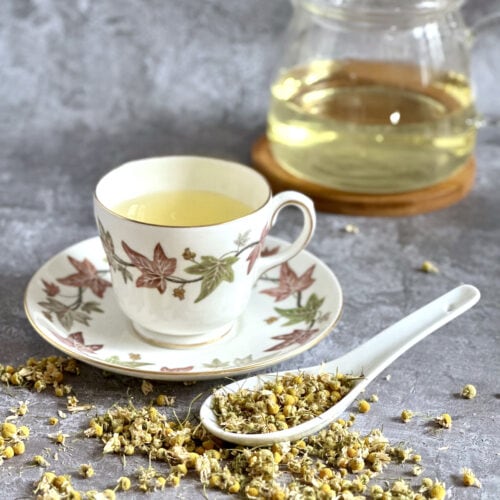
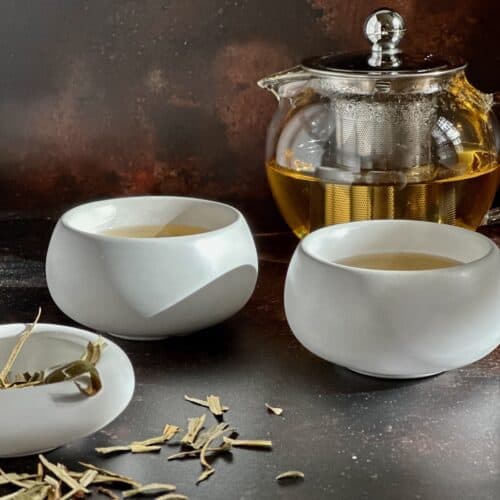
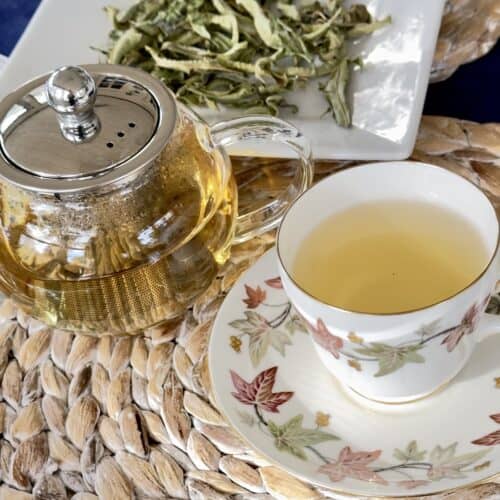
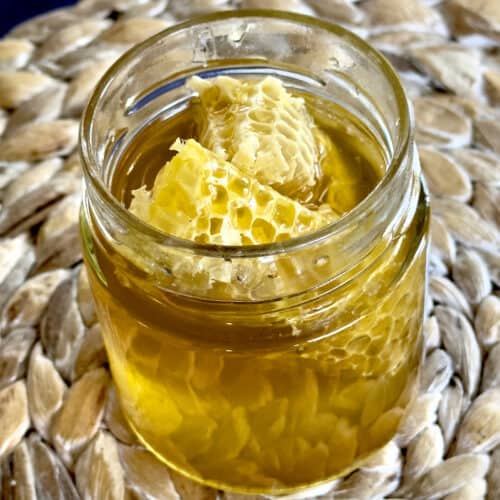
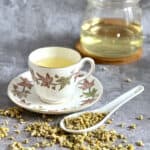
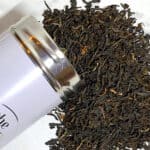
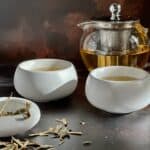



Indi khanna
Mary Ann,
Since it is specialty teas you write about, I wonder whether you have checked out teastudio.info.
Even amongst the best specialties, we have teas which stand out.
Any questions, I am always only a mail away.
Mary Ann Rollano
It looks like an amazing place. Thanks for sharing!
76Rosario
Hi admin, i must say you have very interesting content here.
Your website should go viral. You need initial traffic only.
How to get it? Search for: Mertiso's tips go viral
Alison
I am a huge tea drinker (currently sipping on a cup of lavender earl grey) and am excited to have found your beautiful website full of fantastic tea resources.
Mary Ann Rollano
Thanks for the shoutout! Seems we have some things in common. My dog Maya is a rescue and I have her here in a couple of posts.